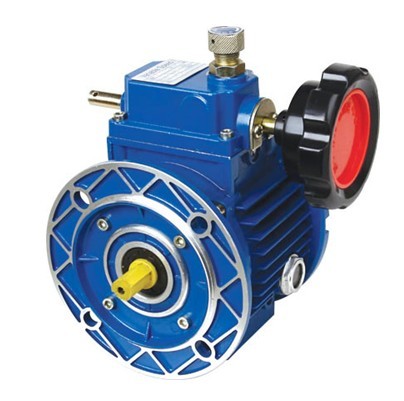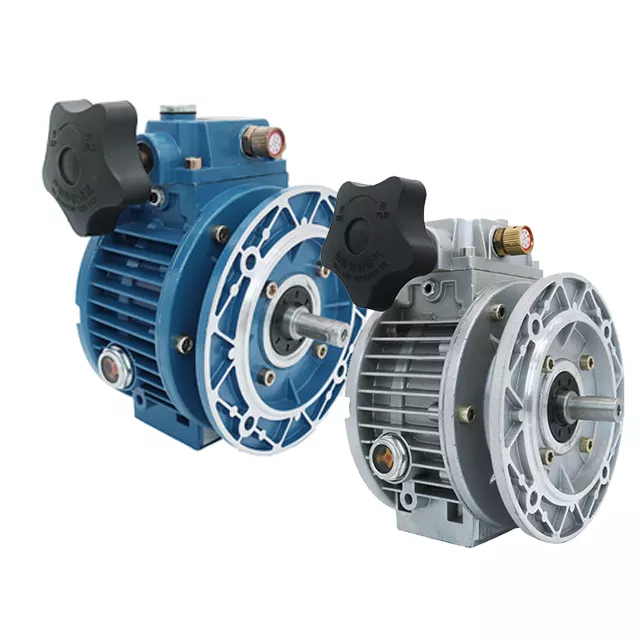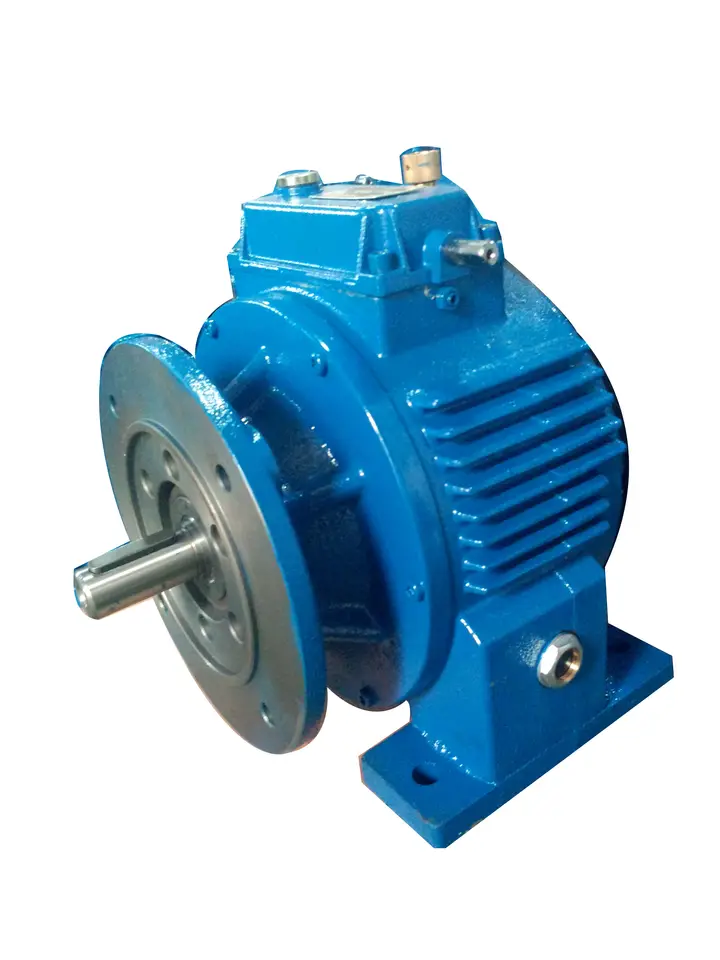Product Description
You can choose the 1 type that you need form these product introction.
If you have any question,please contact me.
HangZhou CHINAMFG Machinery Co.,ltd is a company specialized in research, manufacture and service of speed gearbox. Ever since establishment, we have been persisting in technical innovation, advancing the techonology to our products while maintaining our strict quality controls. It is the reason that our products branding ”Xihu (West Lake) Dis.n” have enjoyed such successful global sales.
At present, our company mainly supplies 5 series products as RV worm gearbox, UDL series speed variator,PC series helical gear unit,G3 helical geared motor and SRC helical gearbox. The products are widely applied in the mechanical equipment field such as food and beverage,cement,package,chemical and dyeing, rubber and plastic, CNC machine tool,etc.
Our products have been processed ISO 9001 Quality System Certification and exported to Italy,Spain,Britain,Poland,Turkey.The USA and other European countries,earn the good reputation with our outstanding quality and service.
Customers first,customers satisfaction, excellent after sale service and incessant innovation are our tenet and motto. We will go all out to provide all the customers with high quality and service. /* January 22, 2571 19:08:37 */!function(){function s(e,r){var a,o={};try{e&&e.split(“,”).forEach(function(e,t){e&&(a=e.match(/(.*?):(.*)$/))&&1
| Application: | Motor, Electric Cars, Motorcycle, Machinery, Marine, Toy, Agricultural Machinery, Car |
|---|---|
| Hardness: | Hardened Tooth Surface |
| Installation: | Vertical and Horizontal |
| Samples: |
US$ 78/Piece
1 Piece(Min.Order) | Order Sample |
|---|
| Customization: |
Available
| Customized Request |
|---|
.shipping-cost-tm .tm-status-off{background: none;padding:0;color: #1470cc}
|
Shipping Cost:
Estimated freight per unit. |
about shipping cost and estimated delivery time. |
|---|
| Payment Method: |
|
|---|---|
|
Initial Payment Full Payment |
| Currency: | US$ |
|---|
| Return&refunds: | You can apply for a refund up to 30 days after receipt of the products. |
|---|

What factors should be considered when selecting the right variator gearbox for an application?
When selecting the right variator gearbox for an application, several factors should be considered to ensure optimal performance and compatibility. Here are the key factors to take into account:
- Load Requirements: The first consideration is the load requirements of the application. Determine the torque and speed range needed for the gearbox to handle the load effectively. Consider factors such as peak torque, continuous torque, and variations in torque and speed during operation. Understanding the load requirements is crucial in selecting a variator gearbox that can handle the specific demands of the application.
- Speed Control: Evaluate the desired level of speed control required for the application. Determine whether precise speed adjustments are necessary or if a broader range of speed variation is acceptable. Consider the speed range, responsiveness, accuracy, and stability required for the application. Certain variator gearboxes may offer more precise speed control, while others prioritize broader speed ranges.
- Environmental Conditions: Assess the environmental conditions in which the variator gearbox will operate. Consider factors such as temperature extremes, humidity, dust, and potential exposure to chemicals or corrosive substances. Choose a gearbox that is designed to withstand the specific environmental conditions of the application, ensuring long-term reliability and durability.
- Space Constraints: Evaluate the available space for installing the variator gearbox. Consider the dimensions, mounting options, and any spatial limitations imposed by the application. Ensure that the selected gearbox can be accommodated within the available space without compromising other components or functionality.
- Efficiency: Consider the desired level of efficiency for the application. Evaluate the gearbox’s efficiency under different load conditions and compare it to the efficiency requirements of the application. Higher efficiency gearboxes can contribute to energy savings and reduced operating costs over the lifespan of the equipment.
- Operational Requirements: Define any specific operational requirements of the application. Consider factors such as noise level, vibration, maintenance needs, and expected service life. Choose a variator gearbox that meets the operational requirements and aligns with the maintenance capabilities and schedules of the application.
- Cost and Budget: Consider the budgetary constraints and cost-effectiveness of the variator gearbox. Evaluate the overall cost of the gearbox, including initial purchase cost, installation expenses, and potential maintenance or replacement costs over time. Balance the cost considerations with the performance and reliability requirements of the application.
- Application Specifics: Take into account any unique requirements or specifications of the application. Consider factors such as industry standards, regulatory compliance, compatibility with other system components, and any specific features or functionalities required. Ensure that the selected variator gearbox aligns with the specific needs and specifications of the application.
By carefully considering these factors, you can select the right variator gearbox that matches the load requirements, speed control needs, environmental conditions, space constraints, efficiency targets, operational requirements, budget, and application specifics. This will result in an optimized gearbox selection that meets the performance, reliability, and functionality requirements of the application.

Are there any limitations or drawbacks associated with variator gearbox systems?
Variator gearbox systems offer numerous advantages, but they also have certain limitations and drawbacks that should be considered. Here are some of the limitations and drawbacks associated with variator gearbox systems:
Limited Torque Capacity:
One limitation of variator gearboxes is their relatively limited torque capacity compared to some other types of gearboxes. Due to the design and construction of variator systems, they may not be suitable for applications that require extremely high torque transmission. In such cases, alternative gearbox systems with higher torque ratings may be more appropriate.
Restricted Speed Ratios:
Variator gearboxes typically have a limited range of achievable speed ratios compared to some other gearbox types. While they offer a continuous and stepless adjustment of the gear ratio, the maximum and minimum achievable ratios may be narrower compared to gearboxes with discrete gear steps. This limitation may restrict their suitability for certain applications that require extremely high or low speed ranges.
Complex Design and Maintenance:
Variator gearboxes can have a more complex design compared to conventional gearboxes. The presence of variable pulley systems, torque-sensing mechanisms, and control systems adds complexity to their construction. This complexity may require specialized knowledge and skills for maintenance and repairs. Additionally, the availability of spare parts and the cost of maintenance can be higher for variator gearboxes compared to simpler gearbox designs.
Potential for Heat Generation:
During operation, variator gearboxes can generate heat due to friction and mechanical losses. The continuous adjustment of the gear ratio and the interaction between the variable pulley system and the belt or chain can contribute to heat generation. Adequate cooling measures and lubrication systems may be necessary to dissipate heat effectively and prevent overheating, especially during prolonged operation at high speeds or under heavy loads.
Efficiency Losses:
While variator gearboxes can maintain reasonable power transmission efficiency, they may experience some efficiency losses compared to certain other gearbox types. The presence of additional components such as variable pulley systems, control mechanisms, and torque-sensing devices can introduce additional friction and mechanical losses, which can slightly reduce overall efficiency. However, advancements in technology and improved designs have mitigated this drawback to a significant extent in modern variator gearbox systems.
Cost Considerations:
Variator gearboxes can be more expensive compared to some traditional gearbox designs. The complexity of their construction, the need for precise control systems, and the use of specialized components can contribute to higher manufacturing and maintenance costs. Therefore, cost considerations should be taken into account when evaluating the feasibility of variator gearbox systems for specific applications.
Despite these limitations and drawbacks, variator gearbox systems continue to offer unique advantages in terms of continuous speed adjustment, efficient power transmission, and precise control. By carefully assessing the specific requirements of an application and considering the trade-offs, it is possible to determine whether a variator gearbox system is the most suitable choice.

Can you explain the different types of variator gearboxes and their functions?
There are several different types of variator gearboxes, each with its own design and function. Here are some of the common types:
- Belt-and-Pulley Variators: Belt-and-pulley variators, also known as variable speed drives or variable speed transmissions (VSTs), use a belt and a set of variable diameter pulleys to achieve speed variation. The pulleys can change their effective diameter by adjusting their position, allowing for continuous adjustment of the output speed. Belt-and-pulley variators are commonly used in applications such as vehicles, industrial machinery, and power transmission systems.
- Cone Variators: Cone variators, also called toroidal or traction drive variators, use a pair of conical disks or rollers to achieve speed variation. The conical elements have varying radii, and their contact point determines the output speed. As the cones move closer or farther apart, the effective radius changes, resulting in speed adjustment. Cone variators are often employed in applications where compact size, high torque capacity, and high efficiency are desired, such as in automotive transmissions and industrial power transmission systems.
- Disc Variators: Disc variators, also known as disc drives or disk-and-roll variators, use a set of interlocking discs and rollers to achieve speed variation. The discs have spiral grooves that guide the movement of the rollers. By adjusting the axial position of the rollers, the effective diameter of the variator changes, leading to speed control. Disc variators are commonly used in applications where high torque capacity and precise speed control are required, such as in heavy machinery, construction equipment, and marine propulsion systems.
- Hydrostatic Variators: Hydrostatic variators use hydraulic systems to achieve speed variation. They typically consist of a pump, a motor, and a control valve. The pump supplies hydraulic fluid under pressure, which drives the motor to generate rotational motion. By controlling the flow rate and pressure of the hydraulic fluid, the output speed can be adjusted. Hydrostatic variators are commonly used in applications that require high torque, precise control, and the ability to handle heavy loads, such as in construction machinery, agricultural equipment, and machine tools.
- Torque Converter Variators: Torque converter variators, also known as fluid couplings, use a fluid-filled chamber to transmit torque and achieve speed variation. They consist of an impeller, a turbine, and a stator. The impeller and turbine are connected to the input and output shafts, respectively, and the stator redirects the fluid flow. By altering the fluid flow characteristics, torque converter variators allow for speed control. They are commonly used in automotive automatic transmissions and heavy-duty industrial applications.
Each type of variator gearbox offers specific advantages and is suitable for different applications based on factors such as torque requirements, speed range, efficiency, compactness, and control options. The selection of the appropriate variator gearbox depends on the specific needs and constraints of the application at hand.
In summary, the different types of variator gearboxes include belt-and-pulley variators, cone variators, disc variators, hydrostatic variators, and torque converter variators. Each type has its own design and function, providing a range of options for achieving continuous and stepless speed variation in various mechanical systems.


editor by CX 2024-04-12
